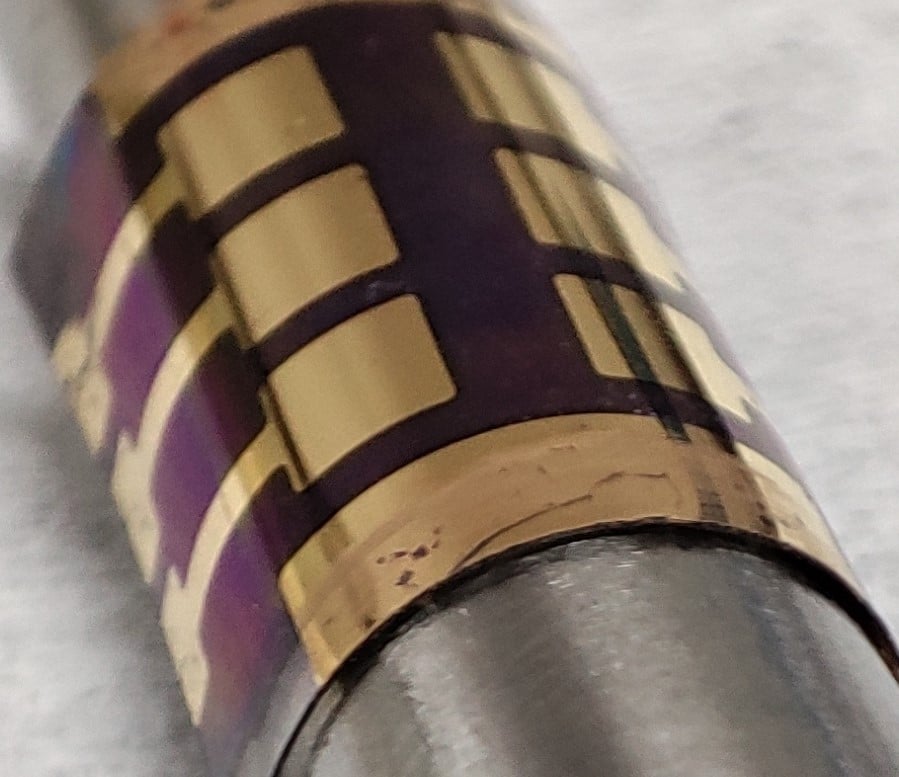An international group of researchers has developed a flexible thin-film perovskite solar cell with an efficiency of 21.0%.
The perovskite layer for the cell, which has an “n-i-p” layout, was fabricated with a metal-halide capping layer placed on top of a three-dimensional metal-halide perovskite film. This design provide hermetically sealed encapsulation, which is traditionally difficult in flexible perovskite cells, and also enhances the photocarrier properties at the interface between the perovskite film and the hole transport layer (HTL).
“This low-dimensional (LD) MHP capping layer not only reduces the propensity for fracture in bending but also provides protection against ingression of environmental species,” they explained in “Flexible perovskite solar cells with simultaneously improved efficiency, operational stability, and mechanical reliability,” which was recently published in Joule.
The MHP precursor was deposited through spin-coating on substrates made of fluorinated tin-oxide (FTO) and glass, followed by thermal annealing at 100 C. The perovskite layer was then sandwiched between a tin(IV) oxide (SnO2) electron transport layer (ETL) and an HTL made of Spiro-OMeTAD. Indium tin oxide (ITO) and gold (Au) were used as conducting electrodes on either side of the cell.
The device showed a short-circuit current density of 23.5 mA.cm2, an open-circuit voltage of 1.15 V, a fill factor (FF) of 0.779, and a power conversion efficiency of 21.0%. The academics described these results as unprecedented. A cell with the same architecture but without the LD MHP capping exhibited an efficiency of 18.4%. The cell with LD MHP capping also showed a degradation to only 90% of the initial efficiency after 800 hours, while the device without capping degraded to 79% after 475 hours.
Popular content
The researchers also analyzed the solar cell through cyclic bend testing and found that LD/3D MHP thin films have “unprecedented” bending durability, as the cells can retain 81% of their initial efficiency after 20,000 cycles. This value for the cells without the capping layer was just 54%.
“This resistance to cracking in LD/3D MHP thin films has cascading beneficial effects,” the researchers said. “First, the LD MHP capping layer, in addition to protecting the underlying 3D MHP thin film from environmental degradation, reduces cracking in the 3D MHP thin film, which further prevents environmental attack.”
The research group included scientists from Brown University in the United States and École polytechnique fédérale de Lausanne, as well as the Dalian University of Technology and Shaanxi Normal University in China.
*The article was amended on June 15 to specify that one of the cell's electrodes is made of gold and not silver, as we previously reported.
This content is protected by copyright and may not be reused. If you want to cooperate with us and would like to reuse some of our content, please contact: editors@pv-magazine.com.



Read your own article and correct obvious errors ..
Indium tin oxide (ITO) and silver (Au) were used as conducting electrodes
silver (Au) ?
Thanks for your message, Peter. The article was amended.
Just give readers go to systems for fast set-up of perovskite solar packages, both large and small. Too much technical talk and not enough practical application and end user guidance.
So when is roll to roll manufacturing?
Concentrated Solar power is ready for prime time. Other technology too. Need Ammonia now. Need to prevent forest fires. Prickly pear cactus have appeal. Geothermal is a player. Geoengineering before it’s too late. Waste water needs to be addressed asap. Anammox ,lactic acid, and methane are players.